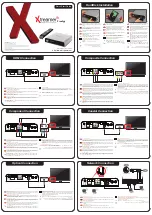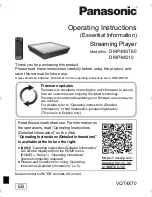
Illustration 4.26 Telegram Transmission Timing
Telegram length (LGE)
The telegram length is the number of data bytes plus the
address byte ADR plus the data control byte BCC.
The length of telegrams with 4 data bytes is:
LGE = 4+1+1=6 bytes
The length of telegrams with 12 data bytes is:
LGE = 12+1+1=14 bytes
The length of telegrams containing texts is 10+n bytes. 10
represents the fixed characters, while the 'n' is variable
(depending on the length of the text).
Frequency converter address (ADR)
2 different address formats are used, with the frequency
converter's address range being either 1-31 or 1-126.
1. Address format 1-31
The byte for address range 1-31 has the following profile:
Bit 7=0 (address format 1-31 active)
Bit 6 is not used
Bit 5=1: Broadcast, address bits (0-4) are not used
Bit 5=0: No broadcast
Bit 0-4=Frequency converter address 1-31
2. Address format 1-126
The byte for address range 1-126 has the following profile:
Bit 7=1 (address format 1-126 active)
Bit 0-6=Frequency converter address 1-126
Bit 0-6=0 Broadcast
The slave sends the address byte back unchanged in the
response telegram to the master.
Example:
shows writing to frequency converter
address 22 (16H) with address format 1-31:
Data control byte (BCC)
The data control byte is explained in this example:
Before the first byte in the telegram is received, the
calculated checksum (BCS) is 0.
When the first byte (02H) has been received:
BCS=BCC EXOR “first byte”
(EXOR=exclusive-or)
Each subsequent byte gates with BCS EXOR and produces
a new BCC.
is an example.
BCS
= 0 0 0 0 0 0 1 0 (02H)
EXOR
2nd byte
= 1 1 0 1 0 1 1 0 (D6H)
BCC
= 1 1 0 1 0 1 0 0 (D4H)
4.7.4 Data Character (Byte)
The structure of data blocks depends on the type of
telegram. There are 3 types of telegram, and the type of
telegram applies for both control telegrams (masterslave)
and response telegrams (slavemaster). The 3 types of
telegrams are:
•
Parameter block, used to transfer parameters
between master and slave. The data block is
made up of 12 bytes (6 words) and also contains
the process block.
•
The process block is made up of a data block of 4
bytes (2 words) and contains:
-
Control word and reference value
-
Status word and present output
frequency (from slave to master)
•
Text block, which is used to read or write texts
via the data block.
Programming
Design Guide
MG27E402
Danfoss A/S © Rev. May/2014 All rights reserved.
107
4
4
















































